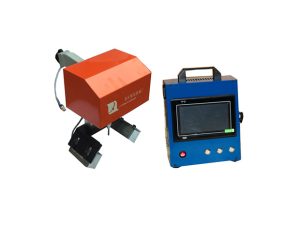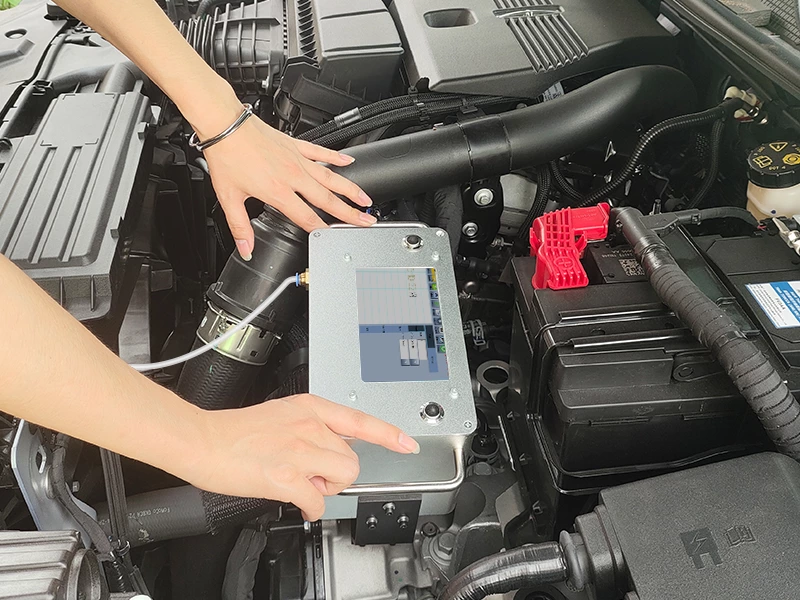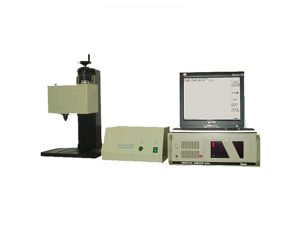VIN Engraving vs. Tracking Systems: Which Is Better for Vehicle Protection?
If you want to protect your vehicle from theft, there are a variety of tools and technologies to choose from. Two common methods are VIN engraving and vehicle tracking systems. Both offer their own unique advantages, but which one is right for you? Let’s break down how each method works, compare their benefits, and learn about the tools used for VIN engraving.
How VIN Engraving Works
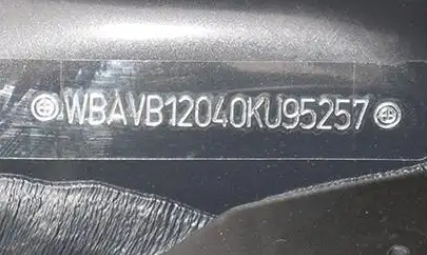
VIN engraving involves permanently marking a vehicle’s Vehicle Identification Number (VIN) onto various parts of the car, such as windows, mirrors, or other durable surfaces. The VIN, a 17-character code unique to each vehicle, acts as the car’s fingerprint, making it identifiable in a way that’s hard to alter or erase.
This method is a proactive theft deterrent. Emphasing the VIN on multiple parts of the car makes the vehicle and its components less appealing to thieves. Stripping and reselling stolen parts becomes significantly riskier when they are traceable, as law enforcement can easily link them back to the original vehicle and owner.
Benefits of VIN Engraving
- Deterrence: Thieves are less likely to target marked vehicles due to the difficulty of removing or disguising the VIN.
- Easy Identification: Helps law enforcement track stolen vehicles or parts, increasing the chances of recovery.
- Cost-Effective Protection: A simple, one-time process that provides long-term benefits.
- Insurance Perks: Some insurers offer discounts on premiums for vehicles with VIN engraving, recognizing it as an effective theft prevention measure.
By making your vehicle uniquely identifiable and harder to sell illegally, VIN engraving is a smart, low-cost way to protect your car.
What is Vehicle Tracking System
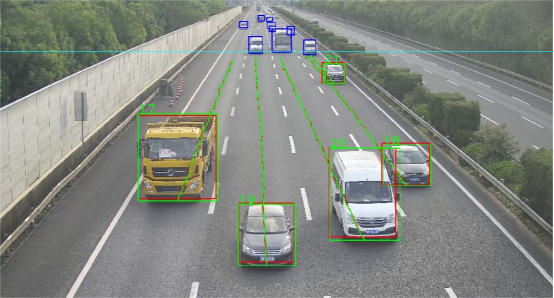
A vehicle tracking system uses GPS technology to monitor and record a vehicle’s location in real time. Typically, a small device is installed in a hidden location within the vehicle, allowing the owner or a monitoring service to track its movements. These systems are often connected to an online platform or mobile app that provides live location updates.
There are two main types of tracking systems:
- Active Tracking: This system continuously transmits the vehicle’s location in real time, allowing owners to monitor the car’s movements instantly.
- Passive Tracking: This system records location data and stores it for later retrieval, useful for reviewing travel history or retrieving the vehicle after a theft.
Modern tracking systems often come with extra features such as geo-fencing, which triggers an alert when the vehicle leaves a designated area, or the ability to remotely disable the engine if the car is stolen. Many also allow for integration with smartphones, offering real-time access to location data and enhancing vehicle security.
Key Benefits of Vehicle Tracking Systems
- Real-Time Tracking: Know the exact location of your vehicle at any given moment.
- Advanced Alerts: Receive notifications about unusual activity, such as movement outside set boundaries.
- Theft Prevention and Recovery: Track and recover stolen vehicles more easily, with some systems offering the ability to immobilize the car remotely.
- Peace of Mind: With constant monitoring, vehicle owners can rest assured knowing their vehicle is being tracked at all times.
VIN Engraving vs. Tracking Systems for Vehicle Protection
VIN engraving and vehicle tracking systems each offer unique advantages for keeping your vehicle safe. Here’s a brief comparison to help you decide which system is best for your needs:
| Feature | VIN Engraving | Vehicle Tracking System |
| Cost | Low, one-time expense | Higher upfront cost and possible subscription fees |
| Maintenance | No ongoing maintenance required | Requires monitoring and occasional updates |
| Theft Deterrence | Strong deterrent due to visible marking | Limited deterrence, as the device can be hidden |
| Theft Recovery | Helps in identifying parts if stolen | Enables quick recovery through real-time location tracking |
| Additional Features | None | Includes features like geo-fencing, alerts, and immobilization |
For maximum protection, many vehicle owners choose to combine both methods. VIN engraving discourages theft in the first place, while a tracking system ensures quick recovery if theft occurs.
VIN Number Marking Machines
For effective VIN engraving, specialized tools called VIN number marking machines are used. These machines are designed to create permanent, high-quality markings on various vehicle components, ensuring the VIN is easily identifiable and durable against wear and tampering.
Types of VIN Number Marking Machines
- Dot Peen Marking Machines: These machines use a carbide-tipped stylus that rapidly strikes the surface to create a series of tiny, indented dots that form the VIN. This method is particularly effective for metal parts, providing a durable, clear, and tamper-resistant mark that stands up to wear and weather.
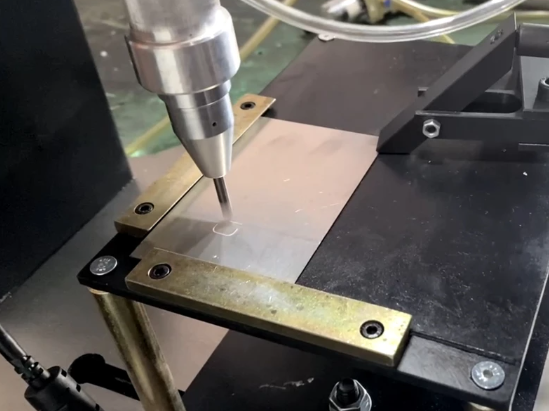
- Laser Engraving Machines: Using a focused laser beam, these machines etch the VIN directly onto the surface of the vehicle with extreme precision. Laser engraving is ideal for materials like glass, plastic, and softer metals, producing clean, permanent marks that are resistant to corrosion and fading over time.
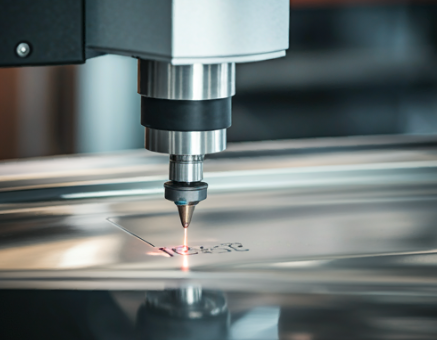
- Portable Engravers: Compact and easy to use, portable engravers are handheld tools that can be taken anywhere. These machines offer flexibility and convenience for marking vehicles on-site, and are often used by vehicle owners or mobile engraving services to quickly and effectively engrave the VIN on various vehicle components.
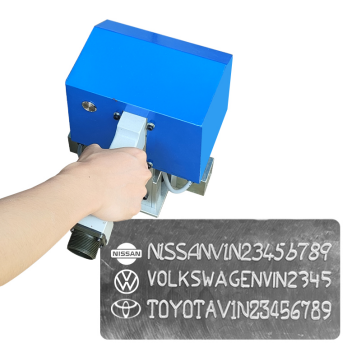
Modern VIN marking machines are built for ease of use, with many offering programmable settings for faster and more accurate engraving. Whether you’re marking windows, parts, or frames, these machines ensure that the VIN is etched deeply enough to resist tampering, helping protect the vehicle and increase the chances of recovery in case of theft.
If you are in any need of VIN number marking machines, please feel free to contact Zixu.
Recommended Products

